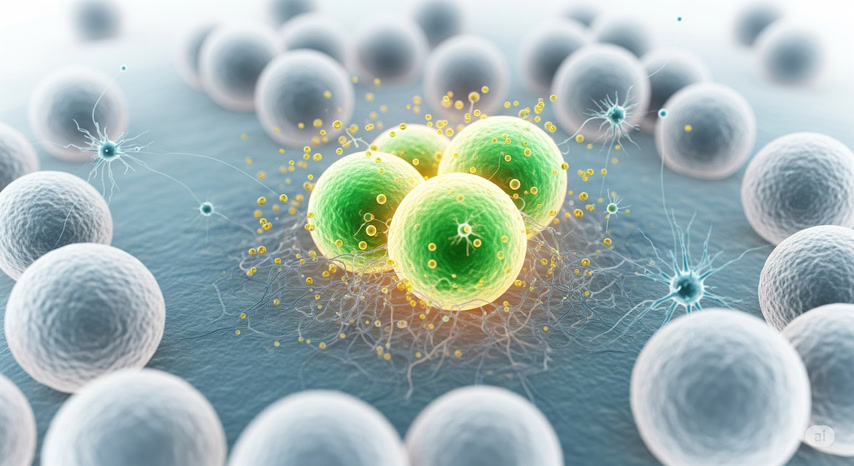Stem Cell Viability & Treatment
Learn why stem cell viability is crucial for effective treatment and how we ensure the highest quality standards.

The Importance of Stem Cell Viability
Stem cell viability refers to the percentage of living, functional cells in a given dose. These are the cells that interact with your body’s immune system, release growth factors, and stimulate tissue repair.
Certain conditions, such as autoimmune disease or joint degeneration, require a robust number of active cells to produce results. Dead or non-functional cells provide no therapeutic value.

Ensuring High Viability
Verification of cell viability is not optional at SCTE — it is built into our clinical protocol. Every stem cell batch is tested using an automated digital cell counter immediately before administration.
Patients receive a printed certificate or real-time visual of their viability results, often showing numbers as high as 94% or above.

Industry Benchmarks — and Why We Surpass Them
Most clinics rely on cryopreserved stem cells that can suffer from lower viability rates — often as low as 50–70%.
At SCTE, our approach is different: we use fresh, lab-expanded umbilical cord mesenchymal stem cells, control the full chain of custody, and verify viability with certified digital cell counting tools at the time of application.

Learning from a Misleading Study
“They didn’t use enough stem cells, and the viability was not known.”
— Dr. Yi Song, Ph.D., Pathology & Oriental Medicine
Ready to Learn More?
In regenerative medicine, every living cell counts — and we make sure every one of them matters. Contact us to learn more about our commitment to quality and transparency.
Chat With Our Experts